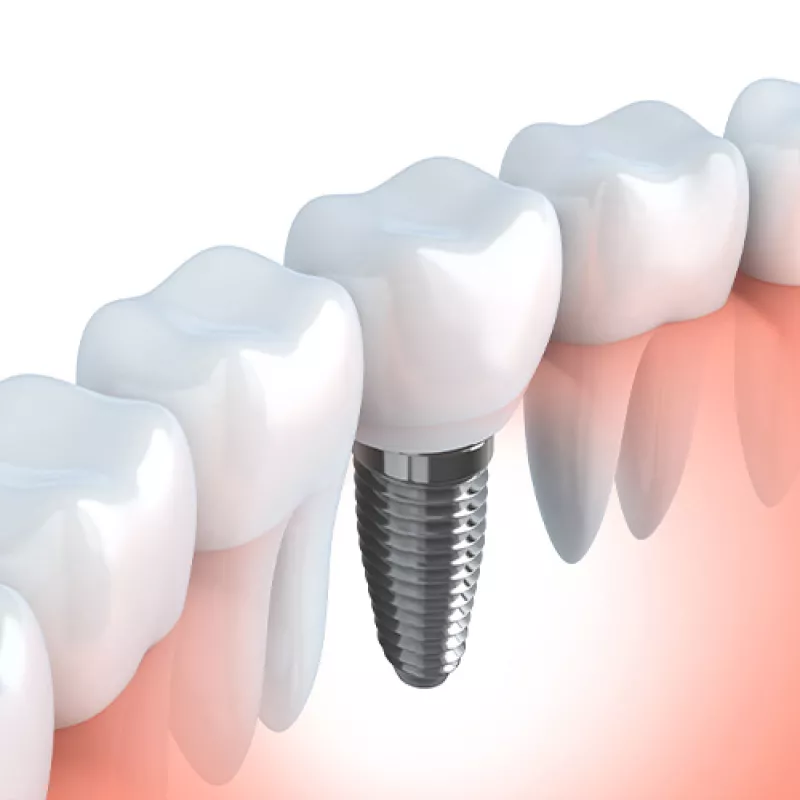Dental implants have undergone significant advancements since their inception, incorporating state-of-the-art technology and materials to improve their functionality, durability, and patient outcomes. Here, we explore the technology behind dental implants, from the materials used to the procedures and innovations that have transformed dental restoration.
Today’s Technology
3D Imaging and Cone Beam Computed Tomography (CBCT): 3D imaging and CBCT scans provide detailed views of the jawbone and surrounding structures, allowing for precise planning of implant placement. This technology helps identify the optimal implant site, avoiding critical anatomical features like nerves and sinuses, and ensuring a better fit.
Computer-Aided Design and Manufacturing (CAD/CAM): CAD/CAM technology is used to design and fabricate custom abutments and prosthetic teeth with high precision. This ensures that the implant components fit perfectly with the patient’s anatomy, enhancing both function and aesthetics.
Nanotechnology is the Future of Dental Implant
Nanotechnology is set to revolutionize the materials and surface treatments of dental implants. By manipulating materials at the nanoscale, researchers are developing implants with improved properties:
Enhanced Osseointegration: Nanoscale surface modifications can significantly increase the surface area for bone contact, promoting faster and stronger integration with the jawbone.
Antibacterial Properties: Nanocoatings can be engineered to resist bacterial adhesion, reducing the risk of infections and implant failure.
Biomimetic Materials: Nanotechnology can create materials that closely mimic natural bone, further enhancing biocompatibility and integration.
The future of dental implants is bright, with numerous technological advancements set to improve every aspect of the process, from diagnosis and planning to placement and long-term maintenance. Smart implants, nanotechnology, 3D printing, regenerative medicine, digital dentistry, AI, advanced biomaterials, and AR/VR are all converging to make dental implants more effective, durable, and accessible. These innovations promise to enhance patient outcomes, reduce recovery times, and provide more personalized and efficient dental care. As these technologies continue to develop, they will undoubtedly set new standards in restorative dentistry, making dental implants an even more attractive option for patients worldwide.


